Review: TO A SIMPLE, ROCK'N'ROLL... SONG at The Barbican Theatre
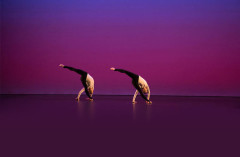 Given that he is now in his mid-50s, it is something of a contradiction in terms to acknowledge Michael Clark as the eternal enfant terrible of British dance choreographers. The dance company which bears his name is currently performing a triple bill entitled to a simple, rock'n'roll...song at the Barbican.
Given that he is now in his mid-50s, it is something of a contradiction in terms to acknowledge Michael Clark as the eternal enfant terrible of British dance choreographers. The dance company which bears his name is currently performing a triple bill entitled to a simple, rock'n'roll...song at the Barbican.
ACT I - SATIE STUDS / OGIVE COMPOSITE
Frenchman Erik Satie's Prelude and Ogives 1-4 with it's crashing piano chords, accompanies the first section. Neither melodic nor musically interesting, its inclusion has the effect of focusing the audience's attention on the classical presentation of eight dancers who are required to maintain excruciating positional poses. The slow turns and balancing manoeuvres require extreme concentration and the slightest wobble or early release is noticeable. It was perhaps the least successful of the pieces.
ACT II - LAND
The second section is largely performed to a Patti Smith musical montage with the dancers clad in shimmering black neoprene unitards which tightly hug their bodies - aside for the notable addition of flares. It's all very sleek and sexy with writhing pelvises much in evidence, whilst a Charles Atlas's design of swirling numbers is projected onto the huge backdrop of the Barbican Theatre stage.
ACT III - My Mother my Dog and CLOWNS!
The third act which occupies the second half of the evening, is danced to David Bowie's music drawn mainly from Blackstar and Aladdin Sane, and is undoubtedly the most successful of the three parts. At first, the dancers don Stevie Stewart-designed unitards of pewter which lend a sombre, moonlike glow to their movements. Bowie's yearning lyric transports both dancers and the audience on a seemingly out-of-body, ethereal journey. It is beautiful, nocturnal, melancholic and poignant. As an antidote, for the very last section the dancers return in costumes of gold graduating to deep orange which has the effect of imbuing each individual with a flamelike quality. It is perhaps unfair to single out any individual dancer for particular recognition, but Harry Alexander's sheer physical presence and assuredness marks him out as a future star.
Clarks choreography as usual, is pared to the minimum throughout. Extraneous flourishes and fuss, are not his thing, which enables him to achieve his trademark, simplistic transitions and states. However, on the way out, I pondered whether he is past his best work and whether such a short programme really represents him at his best.
Latest News
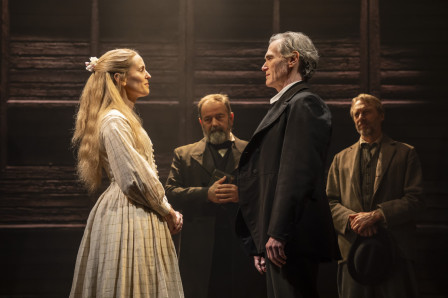
 Production images released for HIGH NOON
24 December 2025 at 10:54
Production images released for HIGH NOON
24 December 2025 at 10:54
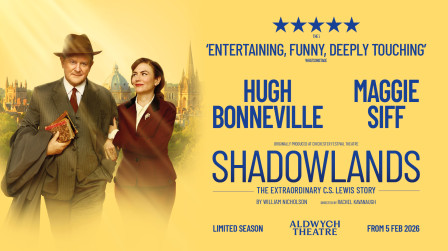
 Full Cast Announced for SHADOWLANDS in the West End
22 December 2025 at 13:14
Full Cast Announced for SHADOWLANDS in the West End
22 December 2025 at 13:14
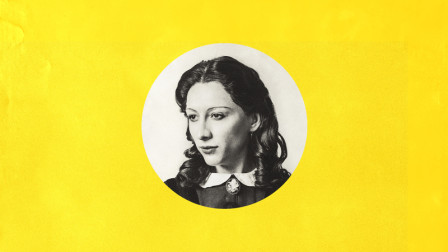
 Review Round-Up: OH, MARY! at the Trafalgar Theatre
19 December 2025 at 15:53
Review Round-Up: OH, MARY! at the Trafalgar Theatre
19 December 2025 at 15:53
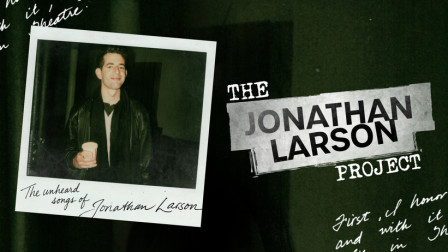
 The Jonathan Larson Project announces London premiere
19 December 2025 at 10:31
The Jonathan Larson Project announces London premiere
19 December 2025 at 10:31
